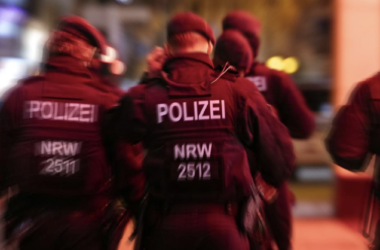A fresh round of tension has erupted between Kyiv and Moscow after Ukraine reportedly launched a drone strike on Russian energy infrastructure, raising doubts about the durability of a fragile ceasefire.
According to Russia’s Defense Ministry, Ukraine deployed eight drones late April 8 and into the early hours of April 9, aiming to damage the Korenovskaya compressor station in Russia’s Krasnodar region. This facility is a vital part of the TurkStream pipeline, which supplies billions of cubic meters of natural gas to international markets annually. Though the drones were intercepted and destroyed before reaching their target, Moscow is accusing Ukraine of deliberately targeting a major international energy link.
“This was a calculated strike on an international energy facility,” the ministry stated, framing the incident as a direct challenge not just to Russian infrastructure, but to broader regional stability.
Russia also claimed the drone attack violated a 30-day ceasefire agreement brokered with the United States just weeks prior, on March 18. The temporary truce, meant to protect energy assets and de-escalate hostilities, now hangs by a thread.
And it wasn’t just one site in the crosshairs. That same night, two more drones allegedly set their sights on the Temryuk gas distribution station. However, both were taken down before reaching the facility, according to Russian officials.
Since the agreement came into effect, both sides have traded accusations of backsliding. Ukraine cites Russia’s own barrage of 117 drones launched shortly after the ceasefire deal as evidence that Moscow never intended to dial down its aggression.
“Launching such large-scale attacks right after signing a ceasefire? That sends a clear message to the world—Russia’s not interested in genuine peace,” Ukrainian President Volodymyr Zelensky posted on social media.
Now, as both nations square off in a growing war of words—and drones—the future of even a limited ceasefire looks grim.




